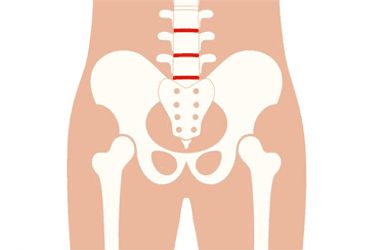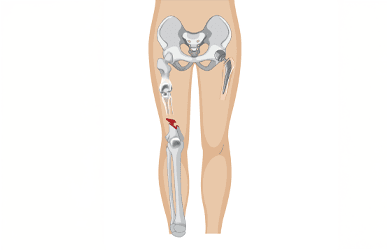
Everyone is unique
The structure of the hip and knee varies greatly from person to person, influenced by factors such as body size, gender, activity level, and past injuries.


What are the benefits of a customised prosthesis?
Designed to restore your anatomy and help you return to higher levels of activity, including sports.
Made to fit your anatomy exactly.
Greater comfort and natural joint movement.
Lower risk of complications or implant failure.
Faster recovery and return to daily activities.
Long-lasting outcomes with improved quality of life.
Hip replacement using

Victoria’s Story
Victoria was diagnosed with advanced osteoarthritis in her hip and underwent a hip replacement with Mr Paul Culpan.

Who is hip replacement or knee replacement for?
People with osteoarthritis that impacts their quality of life and function.
Patients with Rheumatoid Arthritis or other inflammatory join diseases
Those with Post-Traumatic Arthritis
Avascular Necrosis (AVN) Patients
People with Joint Deformities or Congenital Conditions
Made For Your Body, Designed For Your Life

Everyone is unique

Designed for you

Move Without Limits
Knee replacement using

Mike Eisner
Yoga instructor Mike, discovered the difference a patient-specific knee can make.
Darvina Heichemer
Darvina had her total knee done as an outpatient procedure and was home the same day.
Non-Surgical Treatment Options